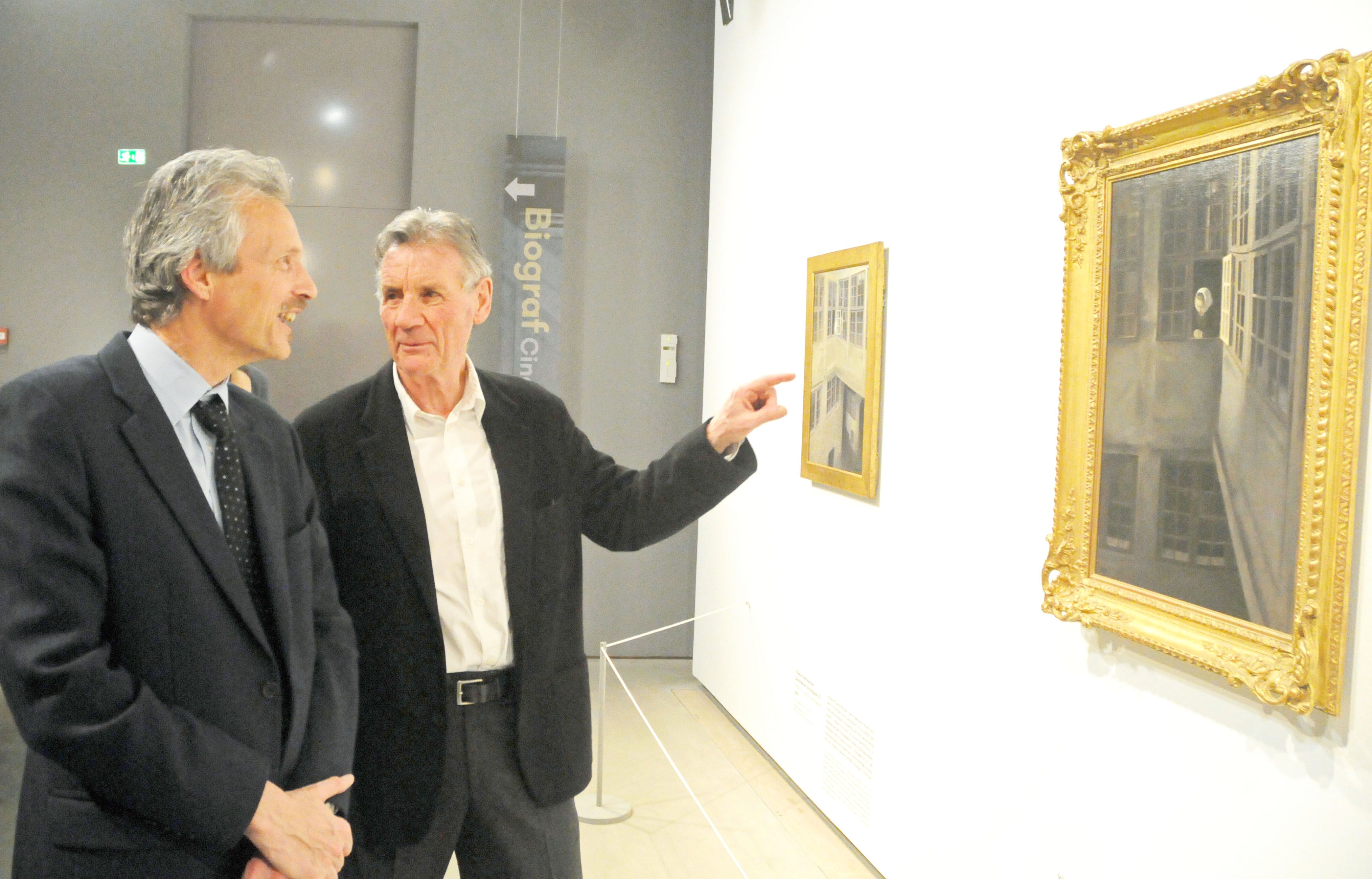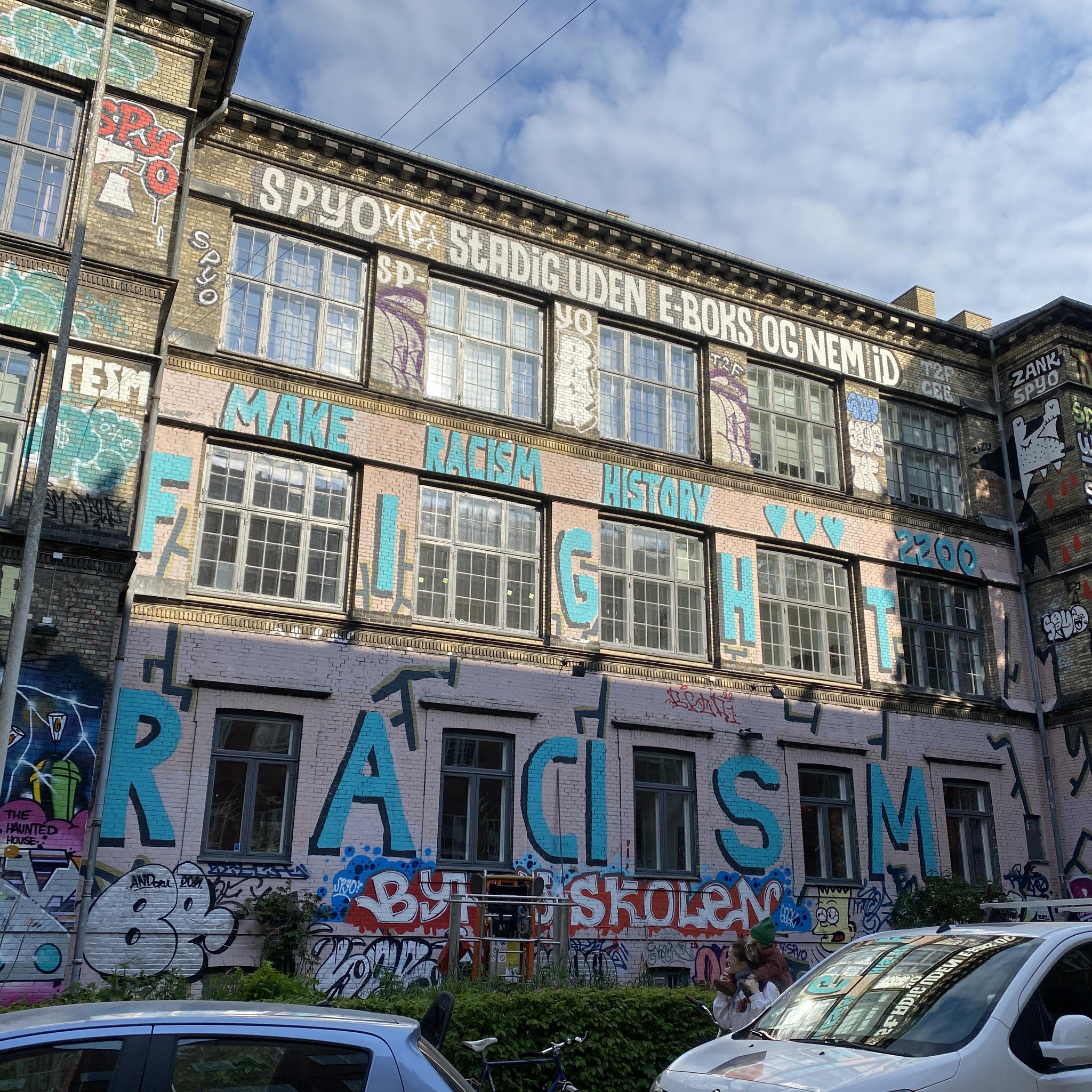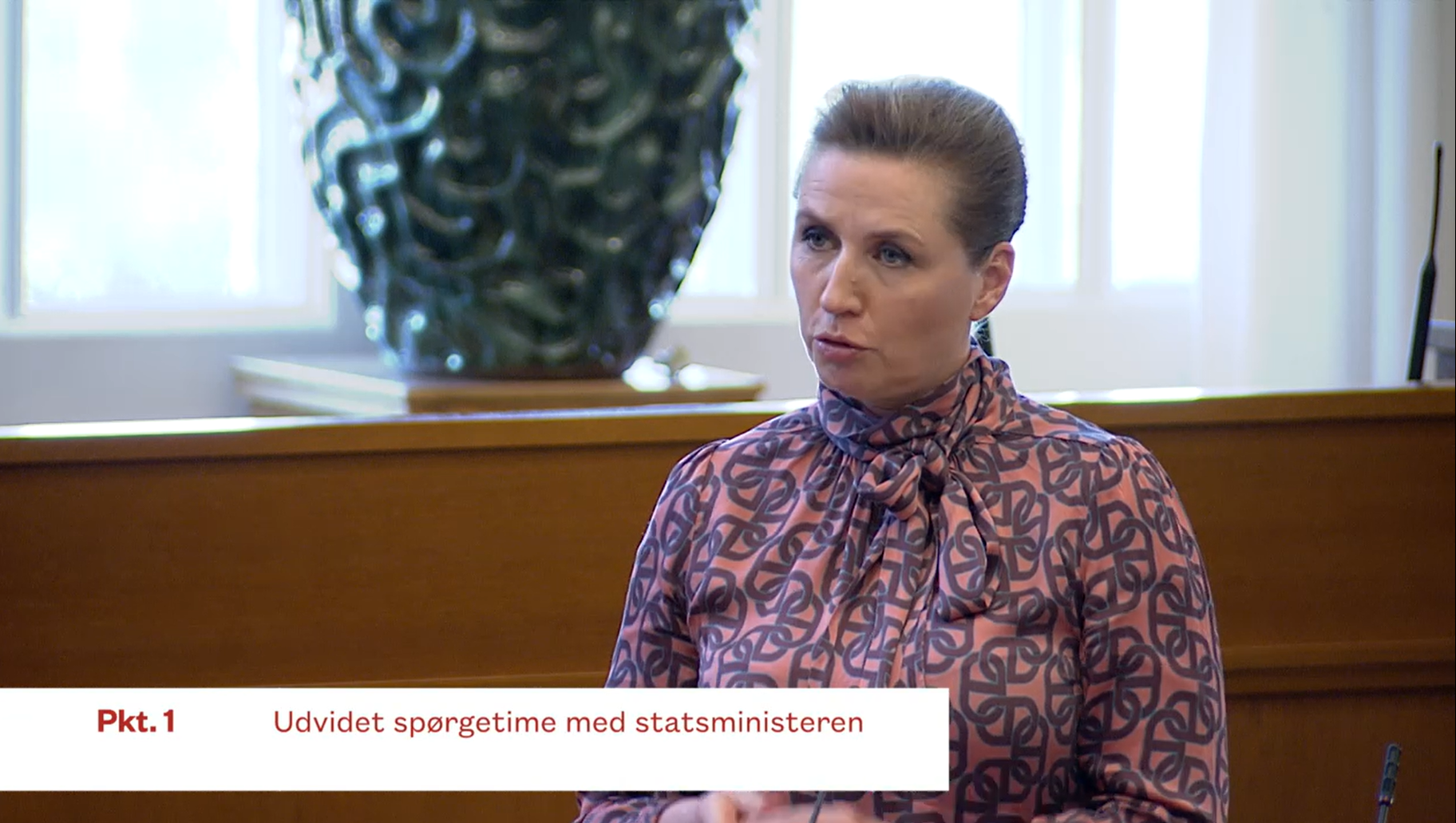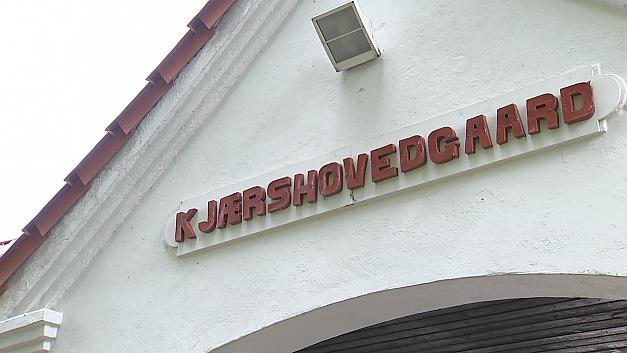Nowadays, Vilhelm Hammershøi (1864-1916) is probably the best-known of the older Danish painters outside Denmark. His monochrome aesthetic and stringent interiors, often completely depopulated, resonate well with a modern audience attuned to the coolness of Danish design and its minimalist style.
However, at the time, Hammershøi was less well understood, although the painter PS Krøyer, his teacher for a while, stated that “I have a pupil who paints very strangely. I don’t understand him, think he will become important, won’t try to influence him.” Luckily for us, he didn’t.
Peaceful domesticity
The bedrock of this exhibition is the body of work that Hammershøi created when living with his wife Ida in a flat at No 30 Strandgade in Christianshavn. This was also his most productive period as a painter.
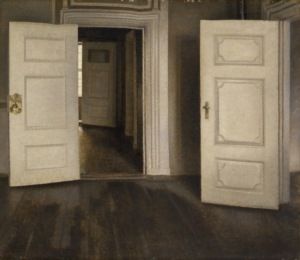
Hammershøi was interested in interiors very early on. His early efforts clearly show the influence of the Dutch master Vermeer.
Unlike many of his contemporaries,the Hammershøis lived very simply and uncluttered – with off-white walls, light curtains and very few pieces of furniture. This was not the typical colourful, plush Victorian way, where as much furniture as possible was crammed into the space to showcase taste and prosperity. However, it did enable him to utilise the rooms and furniture in unique ways. For example, some pieces recur in many of the pictures, but they have been moved around in the flat and have different ornaments standing on them.
Doors are not just doors
Hammershøi also had a fascination with the arrangement of the doors within the flat and he painted them often. In the small drawing room, he nearly always positioned himself with the light behind him, so the front light from the window facing Strandgade reflected against the white door paint to give a classic effect. At times, the doors might also be interpreted as substitutes for people.
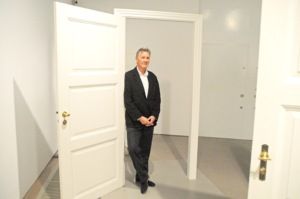
His wife Ida appears frequently, but she is often seen from the back and so becomes almost another object, much as the pieces of furniture are. Everything is organised and ‘staged’, so there is a theatricality and mysteriousness in many of his pictures.
The mystery of light
Above all, Hammershøi is masterful in his treatment of sunlight. The picture ‘Sunbeams’ is so detailed that you can sense the specks of dust dancing in the beam of light that floods through the window and illuminates the space on the floor. The dynamic and dramatic properties of light in combination with windows, doors and panel structures sometimes create an abstract effect that is almost Mondrian-like.
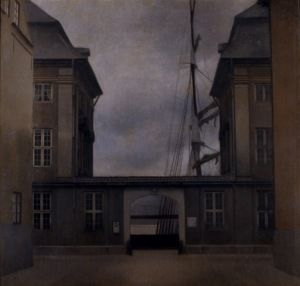
Unusually for the time, Hammershøi was not attracted to painting outdoors in the countryside or at the seaside. He lived most of his live in different flats and when he did paint ‘the great outdoors’ it was often the view from his window. In the paintings of Christianshavn, the architecture and ships are part of the urban landscape and, like his interiors, usually depopulated.
This exhibition goes a fair way in getting to the essence of Hammershøi – where time stands still and the sunlight flickers across the walls and furniture, creating complex geometric patterns and a mysterious atmosphere.

